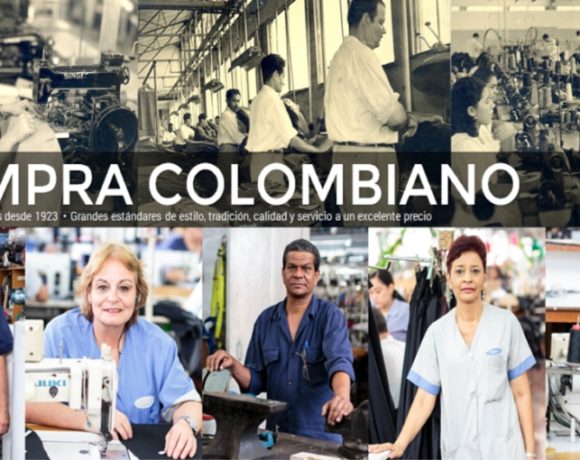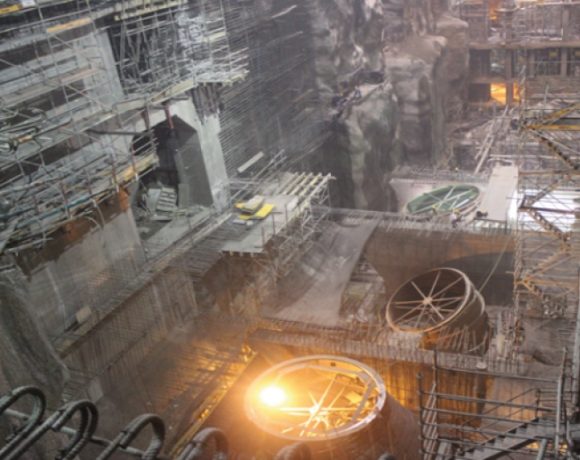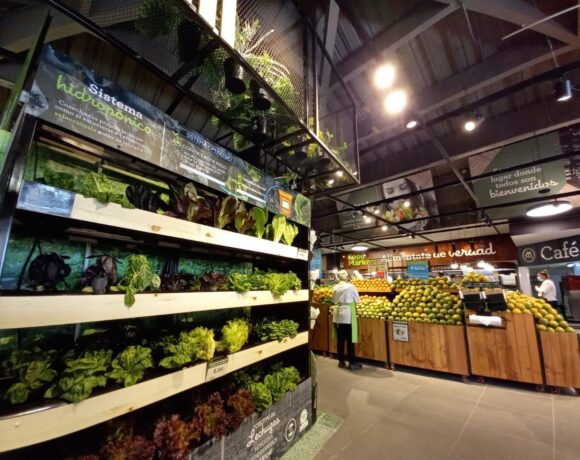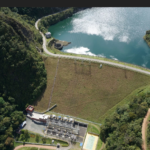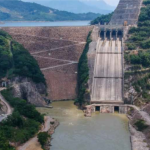Mineros SA Full-Year 2015 Profits Jump 60% Despite Fall in Gold Prices
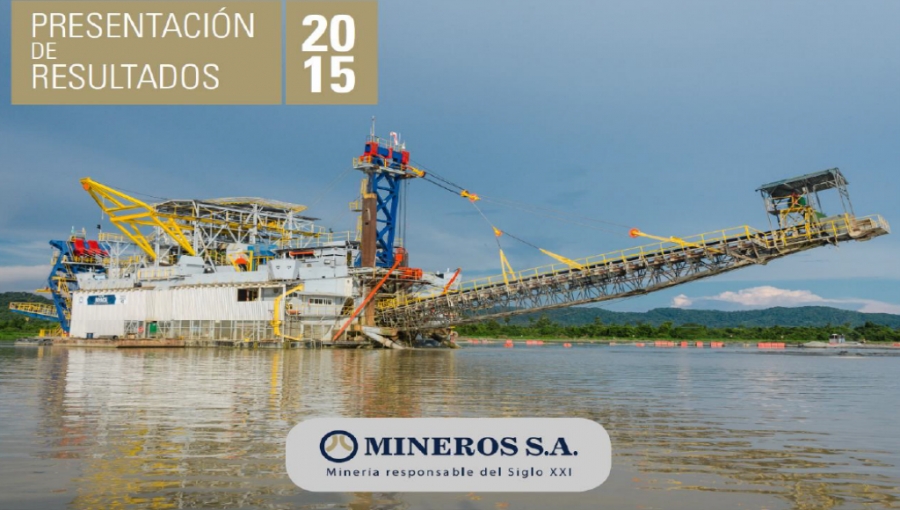
Medellin-based Mineros SA – a 100% Colombian-owned pioneer in novel alluvial mining of gold – on March 1 announced that its net profits for full-year 2015 rose 60.3% year-on-year (y-o-y), to COP72.8 billion (US$22 million), despite a small reduction in total gold produced.
Full-year 2015 earnings before interest, taxes, depreciation and amortization (EBITDA) also rose 47% y-o-y, to COP166 billion (US$50 million), despite the average world price of gold in 2015 falling to US$1,160 per ounce, down from US$1,266 in 2014.
Key to the profit improvement was a sharp reduction in exploration costs along with a 32% y-o-y decline in the value of the Colombian peso versus the U.S. dollar, which translated into much lower production costs in Antioquia, Colombia — the main source of Mineros’ profits.
Colombian gold output fell 9.9% y-o-y, to 107,064 ounces, although gold production at its Hemco subsidiary in Nicaragua rose 9.5%, to 70,653 ounces, according to the company.
Mineros earnings also benefited from excess hydroelectric power output in Colombia, which produced an extra COP1.15 billion (US$954,000) in sales to the national grid in 2015.
Corporate cash costs of gold production fell to US$636 per ounce in 2015, versus US$669 in 2014 and US$688 in 2013. Mineros’ novel alluvial mining operations are the key factor behind the relatively low average production costs, as its underground mining operations in Nicaragua were much costlier – US$980 per ounce in 2015, and US$1,028 in 2014.
During the March 1 investor and media conference-call, Mineros president Andres Restrepo explained that Mineros recently boosted its hydroelectric power capacity in Antioquia to 19 megawatts. While the current “El Niño” drought has reduced water flow, nevertheless conditions remain “favorable for the sale of excess energy,” he said.
The Mineros alluvial operations are undertaken in water-filled terraces and plains adjacent to the Nechi river, rather than in the river itself. Solid byproduct material extracted from the terraces is redeposited in the same area of extraction, enabling land restoration and new agricultural operations — including a now-underway rubber-tree plantation project.
Unlike so many other miners that have caused huge environmental damage from mercury dumping and permanent riverside destruction, socially conscious Mineros doesn’t use toxic mercury in gold extraction — and it restores disturbed areas, with the result that the company has won numerous national and international awards for environmental and social responsibility.
Mineros estimates that its alluvial gold production in the El Bagre-Nechi-Bajo Cauca (Antioquia) area likely could continue for another 18 years at current production rates.

